Harikuyō – The needle funeral

If you are reading this on the 8th of February or December, DON'T USE ANY OF YOUR NEEDLES!!
A tradition for broken hearts needles
Harikuyō is a ceremony during which old needles are laid to rest, preferably in tofu or mochi. Or konjak. More on that later.
The tradition has been going on since the Muromachi period, which started sometime in the early 14th century. Harikuyō is celebrated once or twice a year, all across Japan.
Depending on who you ask, even in Japan people may not have heard about Harikuyō. But if you ask anyone who uses a needle at work: sewists, kimono makers, tatami craftsmen – you have very likely found somebody knowledgeable about Harikuyō.
But depending on where you ask, you'll still get different answers.
When is Harikuyō?
Down here in Kyūshū, people will tell you that the ceremony is held on the 8th of December. Unless you ask somebody from Kagoshima. In Kagoshima the celebrations are on the 8th of February, like in many other parts of Japan.
Some regions in Japan celebrate Harikuyō on both dates, some regions have already forgotten about the tradition entirely.
Along the Sea of Japan, it is said that harisenbon ハリセンボン, also 針千本, a kind of puffer fish whose name translates to "a thousand needles", are swept up the shore on the 8th of February. In some places they say the puffer fish come ashore to climb up the mountains.
In Kasumichō in Hyōgo, where the celebration is held on the 8th of December, people who find a puffer fish at the shore on this day apparently string it up by its tail and pin it to their front door to ward off evil. I doubt people still do this today, though.
In Niigata people used to pick puffer fish up for good luck. Probably also not very common anymore.
Anyways, there seems to be a deep connection between the celebration and its two dates and thousand-needles-puffer-fish.
What is the tradition?
For Harikuyō, needleworkers go to a shrine -or sometimes temple- where they give thanks for every skilled stitch, repent bad ones, and generally wish for better needle skills.
Broken, bent, and dull needles are gratefully laid to rest by sticking them in something soft. A last pleasant task for the weary needle.
The needles are then sent down a river or out to the sea on makeshift boats. At some shrines, the needles will instead be wrapped in paper and offered to the gods in a bonfire.
Harikuyō – Recent traditions
No needleworker is allowed to use a needle on the day of the celebration. Which, when you turn it around, means that you are not supposed to let your needles rest on all of the other days, I guess.
The celebrations aren't held at all shrines, also, the starting times vary. This page in Japanese has a timetable and you can jump to different homepages and check out the photos from the different shrines.
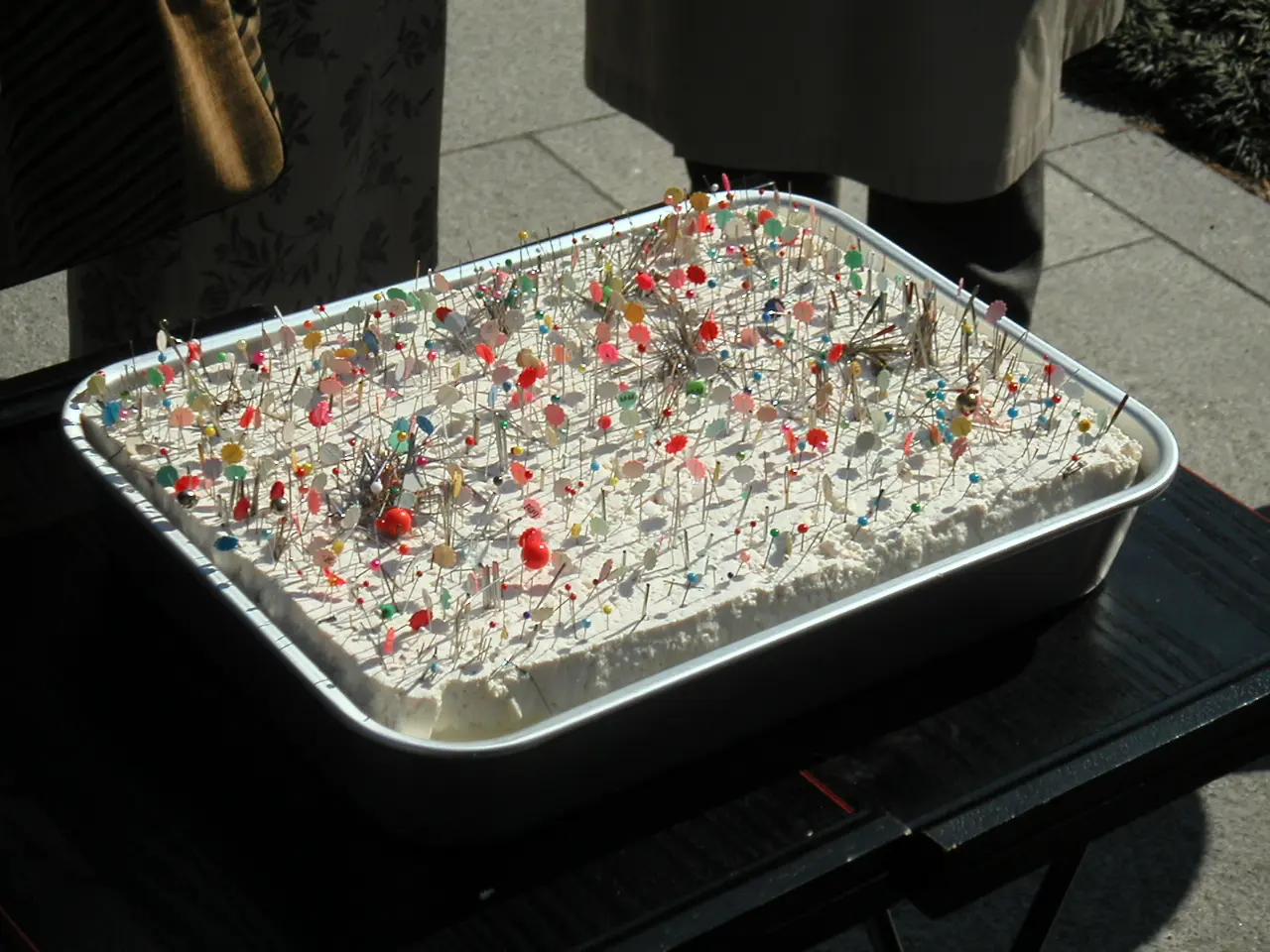
hiro_y, CC BY 2.1 JP, via Wikimedia Commons
At Awajishima's Sensōji, the annual harikuyō celebration draws many visitors, same as Kego Jinja in Hakata.
Whenever the needle maker Tulip (check out their lineup, it's quite impressive! And Tulip needles are my favorite!!) has an exhibition booth somewhere, they will set up a box for broken and bent needles. The collected needles will then be laid to rest at the next ceremony.
If you had to part with your needles and you are looking for some new companions, these are my second choice when it comes to needles:
I would have recommended you my first choice, but it's hardly ever for sale outside of Japan. More on needles in this post about sashiko needles.
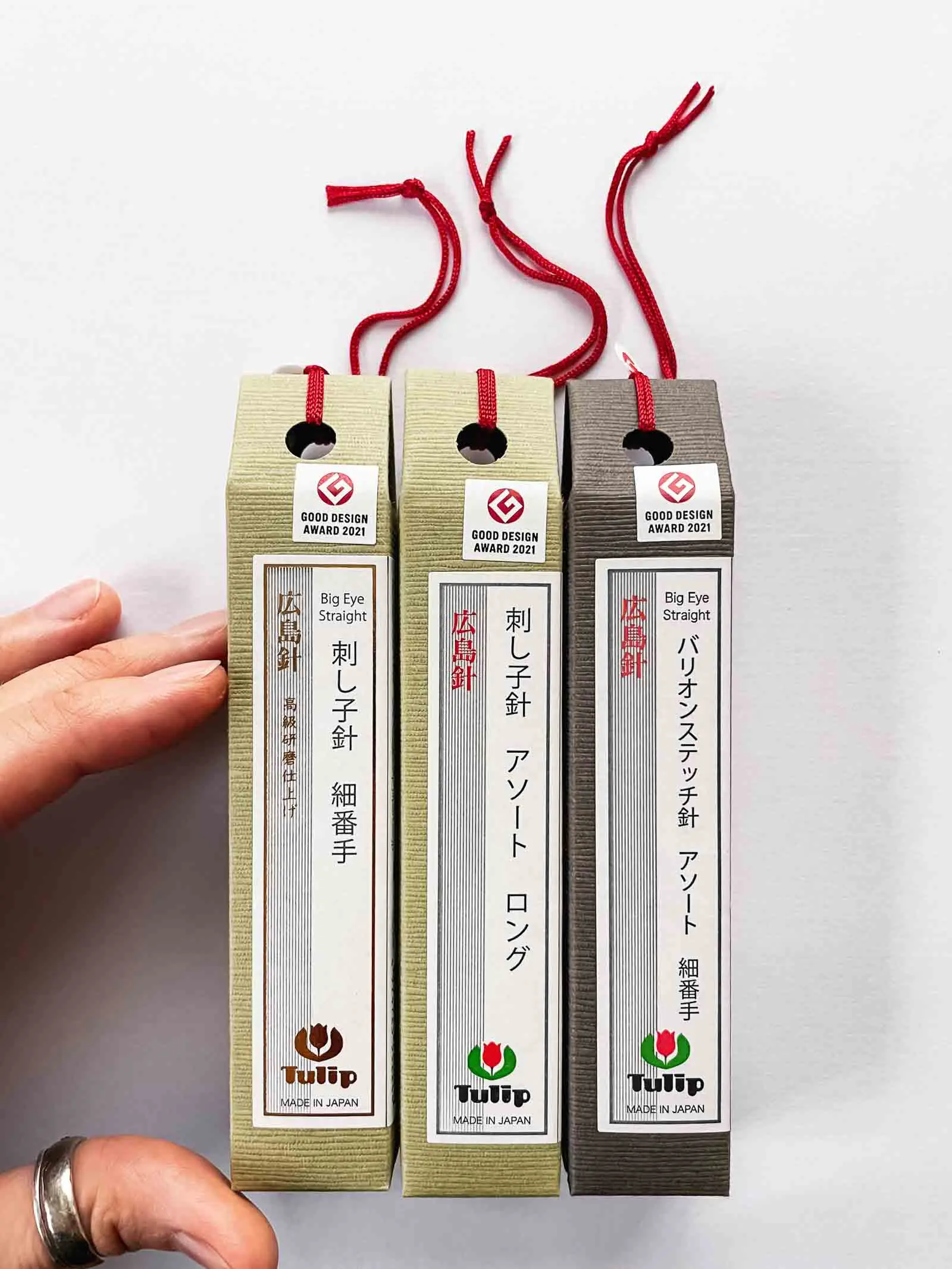
I've found quite a lot of weird stuff during my endless walks at the beach. I am yet to find a needle-boat. Should I ever find one, I'll post a photo.
Enjoy stitching! Just not on EVERY day of the year, 'kay?
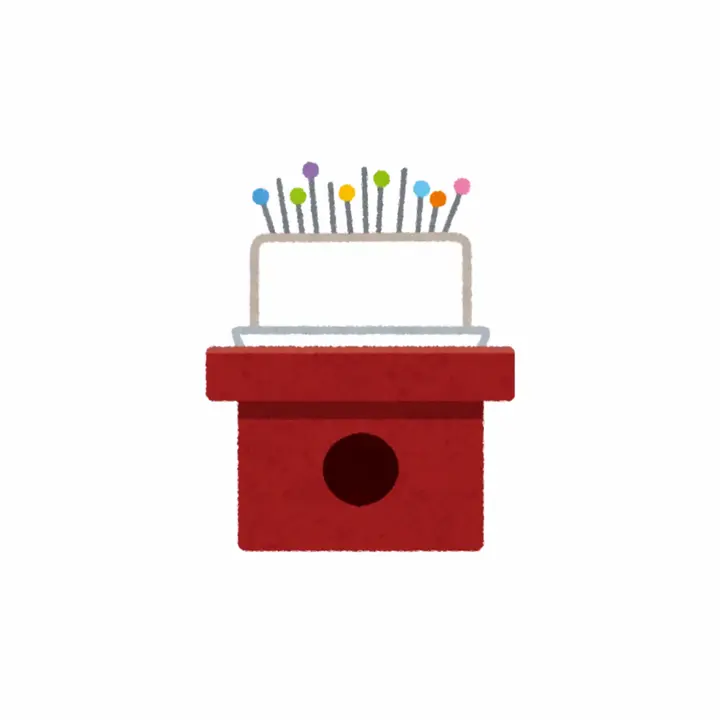


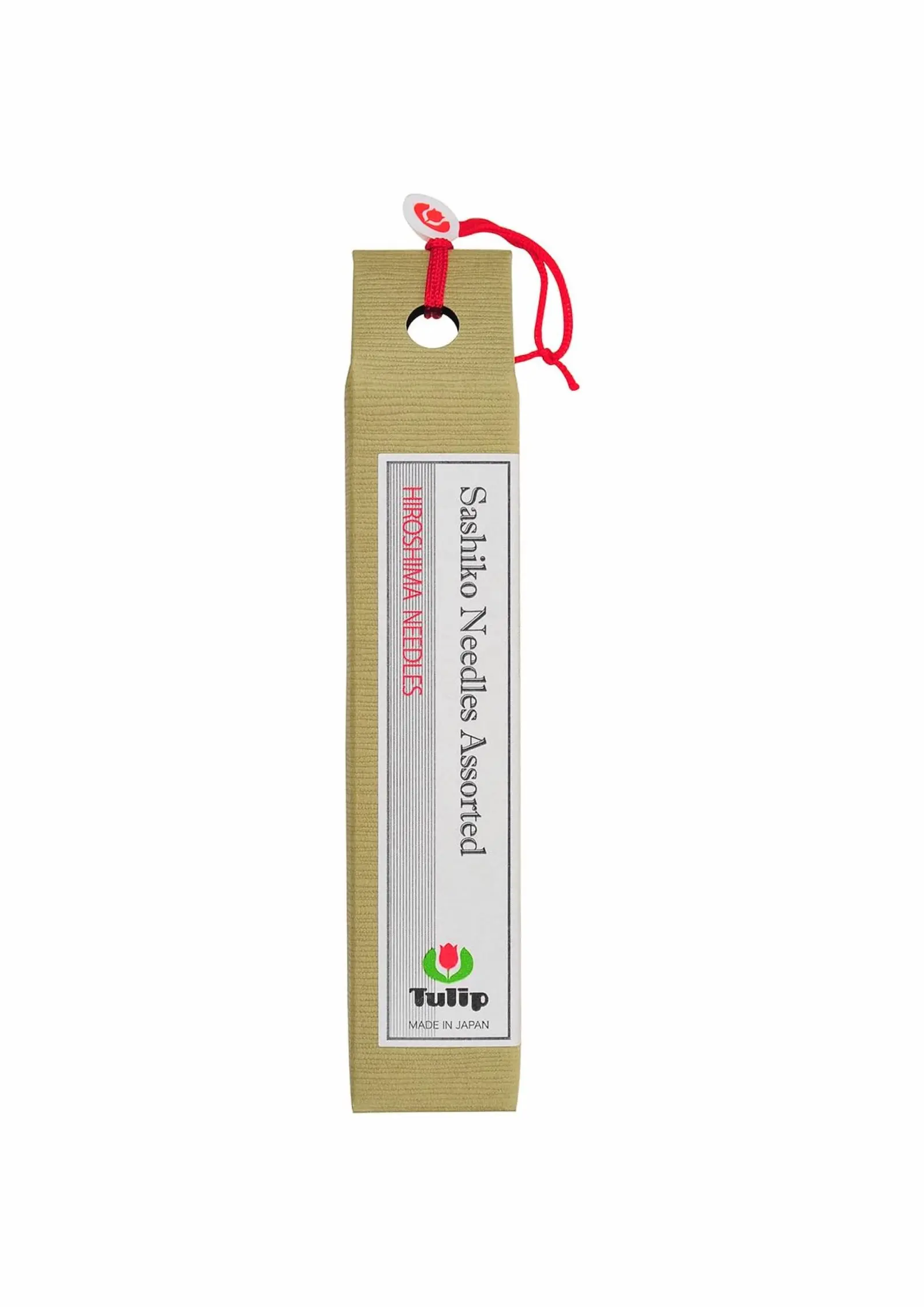
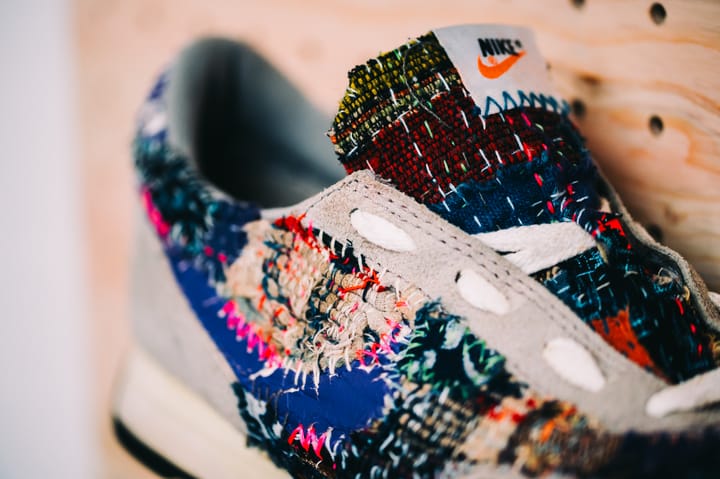
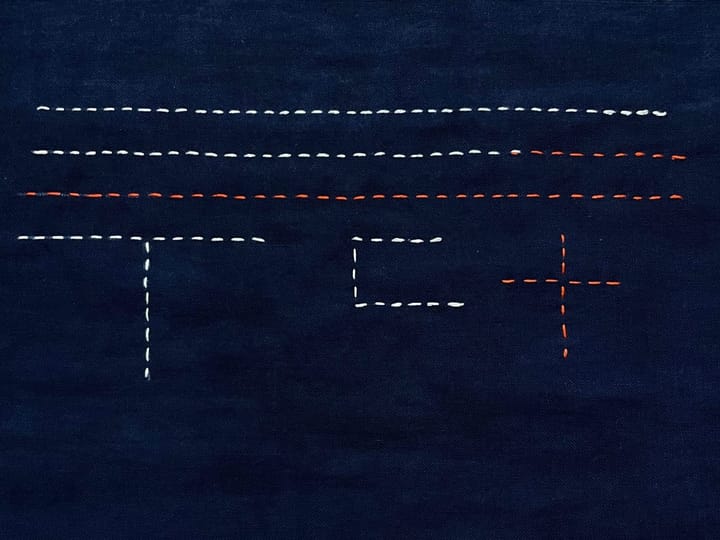
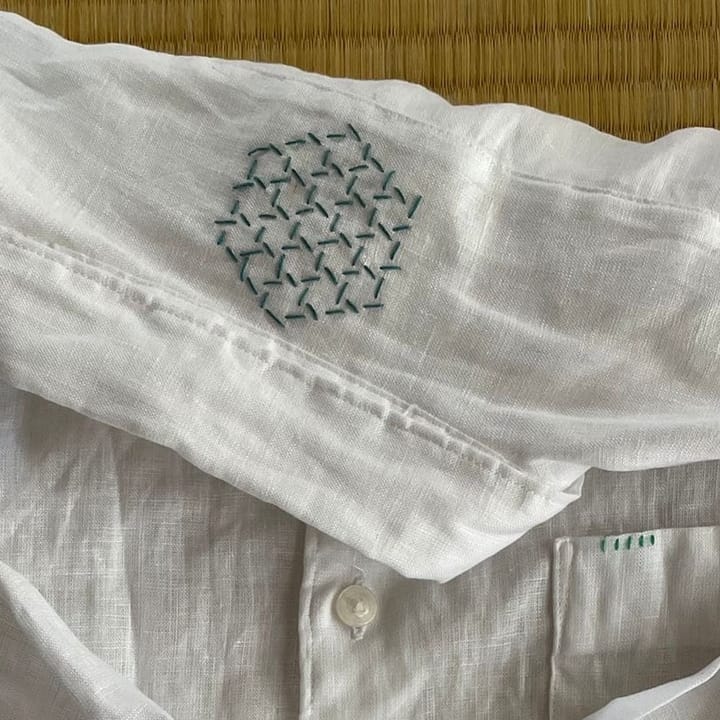
Comments ()